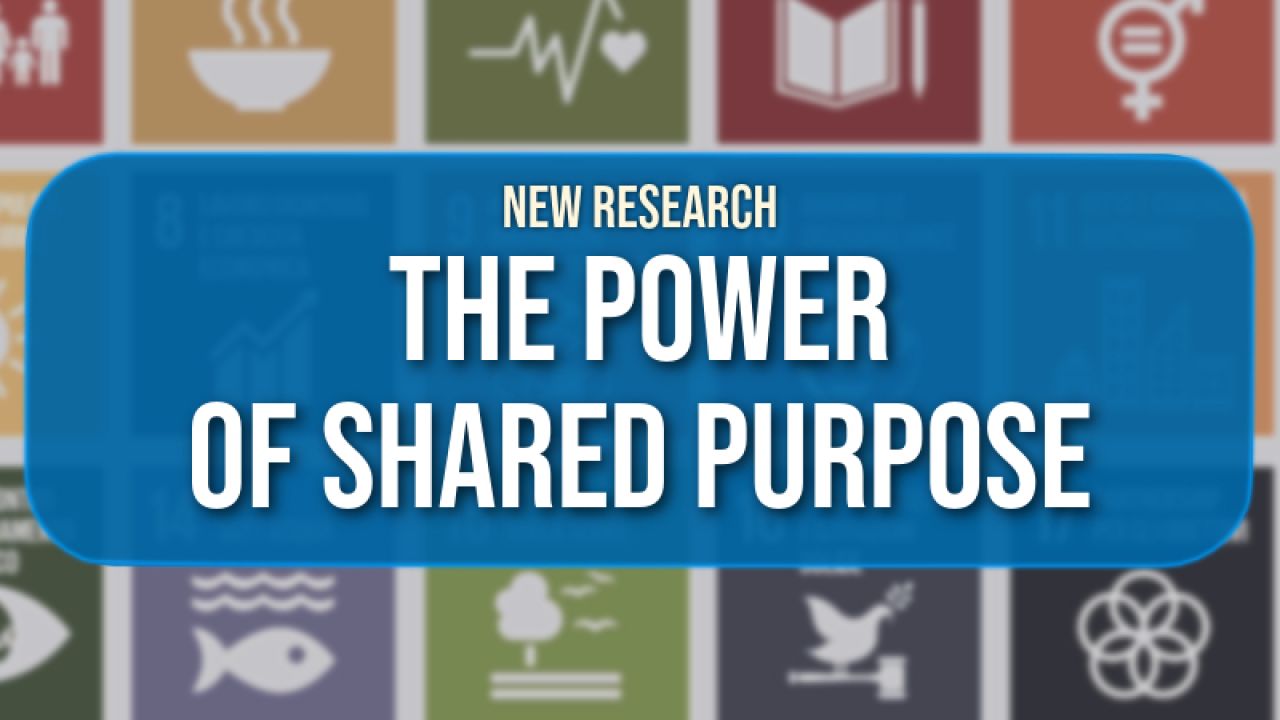June 03, 2025
Public relations and communication can drive SDGs toward broader positive impact

As public relations professionals seek to prove their strategic value in complex, fast-changing environments, the United Nations’ Sustainable Development Goals (SDGs) offer a timely opportunity. Our study shows how public relations can go beyond messaging to become a key driver of purpose-driven performance. This blog post unpacks the findings and presents a practitioner-focused roadmap to engage with stakeholders, co-create purpose, and make measurable social impact – especially in the context of aging societies.
With funding support from the Page Center, we conducted a research project focused on purpose-driven communication. Our study involved in-depth interviews with 20 key stakeholders of Ryman Healthcare, a leading retirement village and aged care provider operating in both New Zealand and Australia.
In addition to stakeholder interviews, we analyzed Ryman’s social media contents and reviewed key organizational documents, including annual reports and a white paper submitted to the Australian government on aged care issues. Our findings highlight how a clearly articulated shared purpose can guide an organization’s contribution to the UN SDGs. We also demonstrate how dialogic communication and active listening practices were strategically employed to embed this shared purpose across stakeholder relationships and operational initiatives.
In the study of Ryman Healthcare, purpose was not just an internal management tool. It became a shared value across employees, residents, partners, and even governments. The organization’s purpose, Greater freedom, richer connections, and deeper well-being for people as we grow older, served as a strategic anchor that aligned business operations with four key SDGs: Good Health and Wellbeing (SDG 3), Reduced Inequalities (SDG 10), Responsible Consumption and Production (SDG 12), and Partnerships for the Goals (SDG 17).
The public relations function: From support role to strategic driver
The research proposes a three-level typology of public relations roles in SDG achievement:
Internal communication as a system of listening and purpose activation
Public relations must move beyond output-driven communication to build listening systems across the organization. At Ryman, internal Slack channels, in-person discussions and feedback tools were key to empowering staff and aligning their work with purpose. Managers were trained to actively listen and adjust strategies in response to stakeholder insights. The implication? PR needs to advocate for and design internal systems that operationalize listening, not just storytelling.External engagement to drive local social impact
Localized actions, such as dementia-care training and community-based recruitment of indigenous staff, were integrated into daily operations. Public relations’ role here is twofold: ensure that purpose is meaningfully embedded in action and communicate these outcomes in ways that invite stakeholder collaboration. Dialogue with residents, suppliers, and partners (e.g., community artists) created a feedback loop that continually refined Ryman’s social contribution.Building collaborative networks for scalable change
No organization can achieve the SDGs alone. Public relations is uniquely placed to build the trust and relationships needed to form action-oriented networks. Ryman, for example, partnered with the Australian government to advocate aged-care reforms and used white papers to initiate policy dialogues. Here, public relations acted as a bridge-builder, creating platforms where mutual goals could be negotiated and pursued.
The heart of shared purpose
The study reaffirms that dialogic communication, characterized by empathy, openness, and mutuality, is essential to purpose delivery. Public relations professionals must adopt an “other-oriented” mindset, not just disseminate messages. Listening systems that capture the experiences of residents, employees, and families provided Ryman with real-time data to improve services, build trust, and enhance wellbeing.
This also means listening across involved stakeholders. True dialogue requires public relations to include marginalized voices and ensure that stakeholder feedback meaningfully shapes decision-making. The implication? Public relations must advocate for inclusive, unbracketed listening that reveals – rather than suppresses – tensions, leading to a more authentic co-creation of purpose.
Practical strategies for practitioners
Drawing from the Ryman case, here are several actionable insights for public relations professionals:
- Use shared purpose to frame SDG selection: Instead of arbitrarily adopting SDGs, let your organizational shared purpose guide which goals to pursue. This strengthens legitimacy and prevents greenwashing.
- Codify shared purpose into practice: Develop internal guides, onboarding materials, and evaluation tools that reflect your organization’s purpose. For Ryman, “Ryman Characteristics” helped translate shared purpose into everyday behaviors.
- Activate founder narratives: Authentic storytelling rooted in founder values helped Ryman reinforce emotional connection. Public relations teams should leverage such narratives as anchors for strategic communication.
- Formalize feedback loops: Invest in platforms that allow stakeholder input to be heard, processed, and acted upon, ranging from online forums to community meetings. Measure the effectiveness of listening just as you do other public relations metrics.
- Prepare for difficult conversations: Shared purpose can also be a framework for resolving tensions. One Ryman partner recounted how mismatched expectations were resolved through referencing shared purpose during conflict resolution, demonstrating how purpose can foster trust in moments of disagreement.
From compliance to co-creation
Too often, public relations’ involvement in SDGs has been performative: publishing sustainability reports or creating CSR campaigns. But this research calls on public relations professionals to move from compliance to co-creation. Purpose is not a one-way broadcast – it’s a dialogue. Public relations is uniquely positioned to listen deeply, empower stakeholders, and build resilient relationships across the ecosystem.
When communication is structured around genuine purpose, not just image, it becomes a catalyst for long-term value creation, both economic and social.
In an era where organizations are under pressure to prove their relevance and responsibility, the integration of shared purpose, dialogic communication and active listening offers a powerful framework for public relations practice. The case of Ryman Healthcare shows how communication can be a strategic tool for not only delivering messages but driving meaningful societal change.
Public relations has always been about building relationships. Now, the challenge is to build relationships that matter, not just to brands, but to the future of our communities. The SDGs are not a side mission. They are central to the evolving role of public relations.
